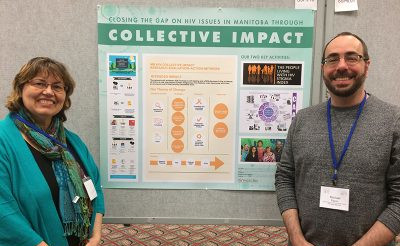Embracing next practices: Innovation during times of uncertainty
February 17, 2021 • By Shannon Elliot and Melisa DickieThe emergence of the novel coronavirus disease (COVID-19) has disrupted the way we live and work. As evidence has continued to grow and evolve over the past 11 months, we have witnessed how quickly key messages and measures to reduce the transmission of the virus causing COVID-19 have changed. We have also seen how health and community services have adapted in the face of new challenges and many unknowns. This work to adapt in the face of so much disruption and uncertainty is challenging and a muscle that we are collectively using.






